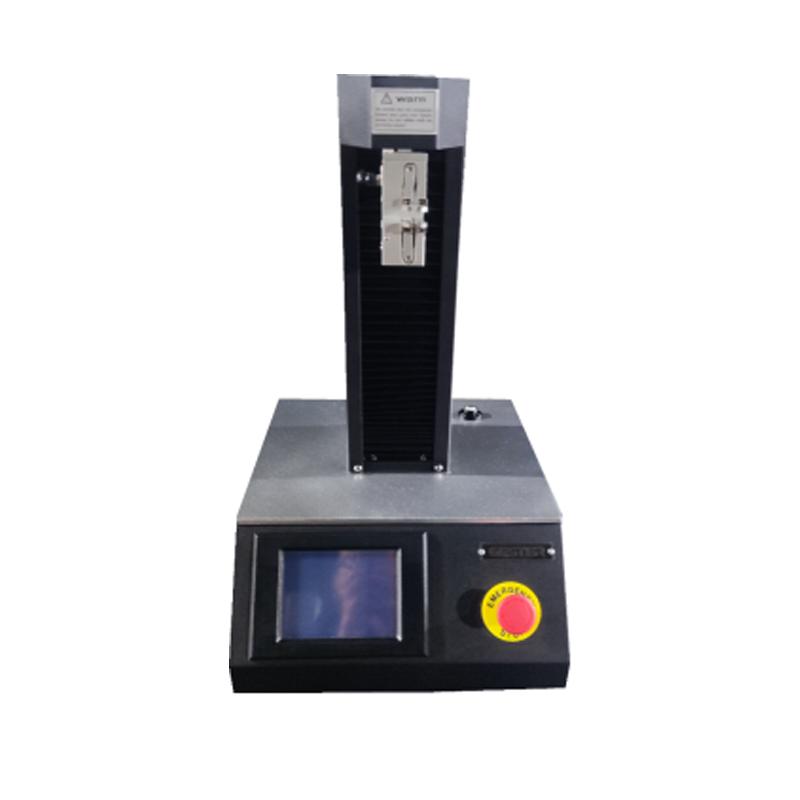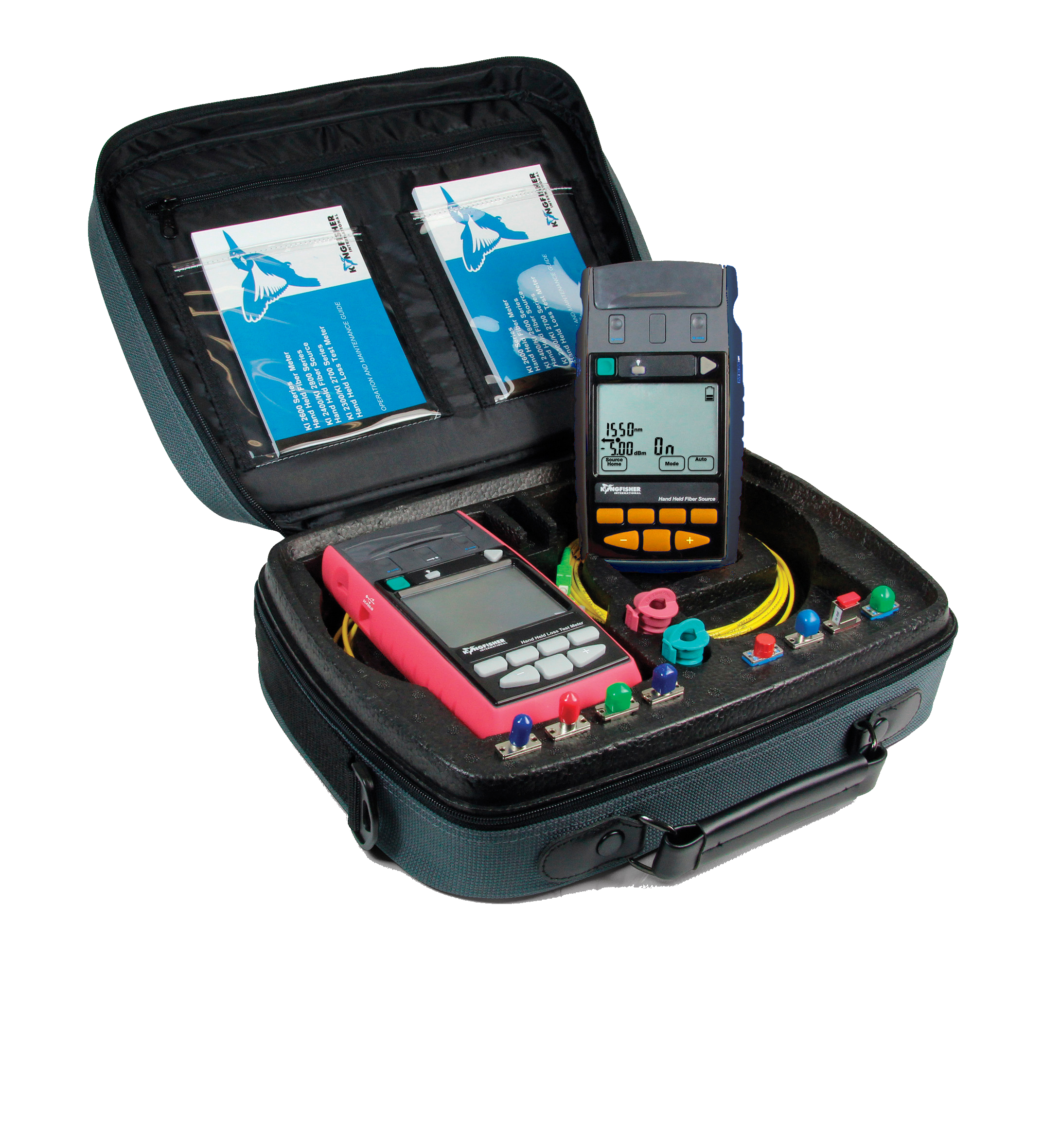The Significance of an Optical Fibre Diameter Analyser in Maintaining Sector Criteria
The importance of an Optical Fibre Diameter Analyser can not be overemphasized in the context of market requirements. This modern technology ensures specific measurements, which are necessary for suitable signal transmission and lowered attenuation. By spotting inconsistencies early, suppliers can support rigorous quality assurance procedures. The effects of these measurements prolong past conformity. Revealing the broader effect on system performance reveals complexities that merit further exploration.
Comprehending Optical Fibre Diameter Analysis
Optical fibre diameter analysis plays a vital function in making sure the efficiency and integrity of fibre optic systems. Exact measurement of fibre diameter is important, as it straight affects signal transmission effectiveness and overall system integrity. Variants in diameter can cause boosted attenuation, minimized data transfer, and higher sensitivity to ecological factors.
By employing exact measurement techniques, suppliers can preserve rigorous quality assurance, making certain that fibres satisfy market requirements. This evaluation likewise helps with the identification of defects or disparities during production, permitting for prompt corrective actions.
Additionally, understanding the diameter parameters aids in the selection of suitable ports and installations, thus boosting compatibility within the network. Overall, extensive optical fibre diameter evaluation is a foundational aspect of fibre optic modern technology, underpinning innovations in telecommunications, information transmission, and numerous applications throughout various industries.
Key Functions of Optical Fibre Diameter Analysers
Optical fibre diameter analysers are geared up with a number of key features that improve their functionality. Significant amongst these are accuracy measurement abilities, which guarantee precise readings, and real-time surveillance functions that offer prompt feedback throughout the analysis process. Furthermore, an user-friendly interface design promotes simple procedure, making these devices easily accessible to a broader array of individuals.
Precision Measurement Capabilities
When it concerns assuring top notch fibre manufacturing, accuracy measurement abilities are critical in diameter analysers. These gadgets use innovative technologies to supply accurate dimensions of fibre diameter, permitting makers to preserve rigorous resistances. High-resolution optics and sophisticated algorithms enable the discovery of minute variations in diameter, crucial for producing reliable and consistent optical fibers. Additionally, the ability to gauge throughout a wide variety of diameters boosts flexibility, fitting numerous manufacturing requirements. The combination of calibration requirements makes sure that measurements remain exact in time, decreasing the danger of flaws. By utilizing these precision dimension capabilities, makers can support market standards, enhance product quality, and inevitably drive customer satisfaction in the affordable fibre optics market.
Real-Time Monitoring Functions
Real-time tracking functions are important for enhancing the effectiveness and performance of fibre production procedures. These capabilities allow continual evaluation of optical fibre diameter throughout manufacturing, ensuring that any type of discrepancies from specified requirements are promptly identified. By supplying instantaneous responses, manufacturers can immediately change parameters, decreasing waste and keeping quality assurance. In addition, real-time monitoring facilitates the recognition of fads and patterns in manufacturing information, offering important insights for procedure optimization. The integration of these functions into optical fibre diameter analysers supports aggressive decision-making, empowering drivers to react swiftly to possible issues. The execution of real-time monitoring not only upholds market requirements but additionally improves total productivity and product integrity.
User-Friendly Interface Layout
A well-designed user interface is crucial for the reliable procedure of optical fibre diameter analysers. Such interfaces focus on simplicity and availability, allowing users to navigate the system with simplicity. Secret features often include instinctive menus, clear graphical depictions of data, and adjustable settings to fit different customer preferences. Real-time responses mechanisms enhance the customer experience by supplying immediate insights into dimensions. Additionally, effective error messaging overviews customers in fixing concerns promptly, lessening downtime. The incorporation of touchscreens and receptive styles additionally promotes communication, making it easier for professionals to operate the analyser in varied settings. Inevitably, an user-friendly user interface not only improves performance yet likewise improves the overall accuracy of the dimensions, adding to industry standards in optical fibre manufacturing.
The Function of Diameter Dimension in Quality Assurance
Diameter measurement may seem like a small detail in the production of optical fibers, it plays a significant role in ensuring general high quality control. Consistency in diameter is essential for maintaining the optical efficiency and architectural stability of the fibers. Variants in diameter can cause problems such as signal loss, raised attenuation, and reduced tensile stamina, inevitably jeopardizing the reliability of the fibre in various applications.
Quality assurance procedures integrate accurate diameter measurement to detect flaws early in manufacturing. By carrying out an optical fibre diameter analyser, makers can identify any inconsistencies from defined resistances, assisting in prompt corrective activities. This proactive method not just improves item high quality but additionally decreases waste and decreases manufacturing costs.

Compliance With Industry Standards and Laws
Compliance with sector standards and laws is essential for the exact procedure of an optical fibre diameter analyser. Adhering to these guidelines guarantees that manufacturers maintain high quality control throughout the production procedure. Meeting governing needs not just improves product integrity yet likewise promotes consumer trust.
Making Certain Quality Assurance
Making certain adherence to industry standards is crucial for maintaining the integrity and efficiency of optical fibre products. Quality control plays a critical role in this procedure, as it entails the organized tracking of fibre diameter to ensure consistency and reliability. An optical fibre diameter analyser is an important device in accomplishing these high quality benchmarks, providing precise dimensions that aid recognize variances from developed specs. By utilizing this technology, manufacturers can promptly identify and resolve any type of anomalies, guaranteeing that items satisfy the needed performance requirements. Routine assessment through such analysers not only sustains item high quality however also boosts consumer trust fund and complete satisfaction. Ultimately, durable quality assurance actions promote an one-upmanship in the optical fibre sector, advertising long-lasting success and compliance with criteria.
Fulfilling Regulative Needs
As manufacturers navigate the intricacies of the optical fibre industry, meeting governing requirements becomes important for assuring product security and efficiency. Compliance with market standards not just mitigates prospective threats but also improves customer self-confidence in the my company products provided. An optical fibre diameter analyser plays an important duty in this procedure, allowing makers to validate that their products comply with defined dimensions and resistances. By utilizing such analyzers, companies can guarantee that their optical fibres meet the rigid laws stated by sector authorities. This aggressive approach to quality control not only assists in conformity however likewise simplifies the manufacturing procedure, lowering the likelihood of costly recalls or rejections. Ultimately, adherence to governing criteria is vital for keeping an one-upmanship out there.
Benefits of Accurate Diameter Measurement

Accurate diameter measurement plays an important role in the efficiency and integrity of optical fibers. Making certain that fibers meet specified diameter resistances minimizes signal loss and maximizes transmission efficiency, straight influencing total system efficiency. This accuracy is crucial in keeping excellent light breeding, as also small discrepancies can bring about boosted depletion and reduced optical signal quality.
Precise measurements improve compatibility in between elements in fibre optic systems, assisting in seamless assimilation and decreasing the threat of failures. Constant diameter measurements likewise add to boosted manufacturing procedures by identifying potential defects early, subsequently lessening waste and lowering manufacturing expenses.

Incorporating Optical Fibre Diameter Analysers Into Production
Integrating optical fibre diameter analysers into production processes improves the capability to preserve rigorous quality assurance measures. By employing these analysers, producers can accomplish exact and regular dimensions of fibre sizes, which is crucial for ensuring item efficiency and dependability. The integration procedure normally includes positioning analysers at crucial points along the manufacturing line, allowing real-time monitoring and instant comments on diameter variants.
This aggressive method permits fast adjustments to the manufacturing parameters, decreasing the risk of flaws and waste. Furthermore, the information gathered can be used for statistical process control, adding to continual enhancement efforts. Operators are equipped with workable insights that facilitate notified decision-making regarding material use and production methods. Ultimately, the consolidation of optical fibre diameter analysers not just boosts product quality yet likewise supports conformity with market criteria, enhancing a business's track record for excellence in the affordable optical fibre market.
Future Patterns in Optical Fibre Dimension Innovation
Emerging developments in optical fibre dimension modern technology are poised to transform the market. The unification of man-made knowledge and artificial intelligence is prepared for to enhance browse around this site accuracy and effectiveness in diameter evaluation. These modern technologies enable real-time data processing, allowing for immediate modifications throughout manufacturing, therefore minimizing waste. Furthermore, the advancement of non-contact dimension methods assures a decrease in physical communication with fibers, preserving their stability.
Furthermore, miniaturization of dimension tools is expected to cause even more mobile and user-friendly remedies, assisting in on-site evaluations. optical fibre diameter analyser. Integration with IoT systems will make it possible for remote tracking and information collection, fostering boosted predictive upkeep and high quality control
As industries progressively demand greater efficiency requirements, the evolution of optical fibre dimension tools will play a vital duty in meeting these expectations, making certain that manufacturers can regularly supply premium products while adhering to strict regulative requirements.
Often Asked Questions
How Commonly Should Optical Fibre Diameter Measurements Be Performed?
Regularity of optical fibre diameter measurements commonly depends upon production quantity and high quality requirements. Normal checks, typically day-to-day or regular, assist ensure consistent high quality and adherence to specifications, minimizing possible issues in fibre production processes.
What Are the Common Expenses of Optical Fibre Diameter Analysers?
The common costs of optical fibre diameter analysers vary widely, varying from several thousand to tens of hundreds of bucks, depending on features, accuracy, and maker, impacting decisions for organizations investing in top quality measurement innovation.
Can Diameter Analysers Be Adjusted On-Site?
Diameter analysers can typically be adjusted on-site, enabling instant adjustments to ensure accuracy. The particular treatments and needs might vary depending on the producer's standards and the technology utilized in the analyser.
What Kinds Of Fibres Can Be Calculated With These Analysers?
Optical fibre diameter analysers can gauge various fibre kinds, including single-mode, multi-mode, specialty, and large-core fibres. Each kind needs details calibration settings to assure exact and reputable diameter dimensions throughout the manufacturing procedure.
Are There Certain Upkeep Demands for Diameter Analysers?
Diameter analysers need normal calibration to assure precision, in addition to regular cleansing to protect against particles buildup. In addition, examining software application updates and evaluating mechanical weblink parts add to their ideal efficiency and long life in gauging fibre sizes successfully.